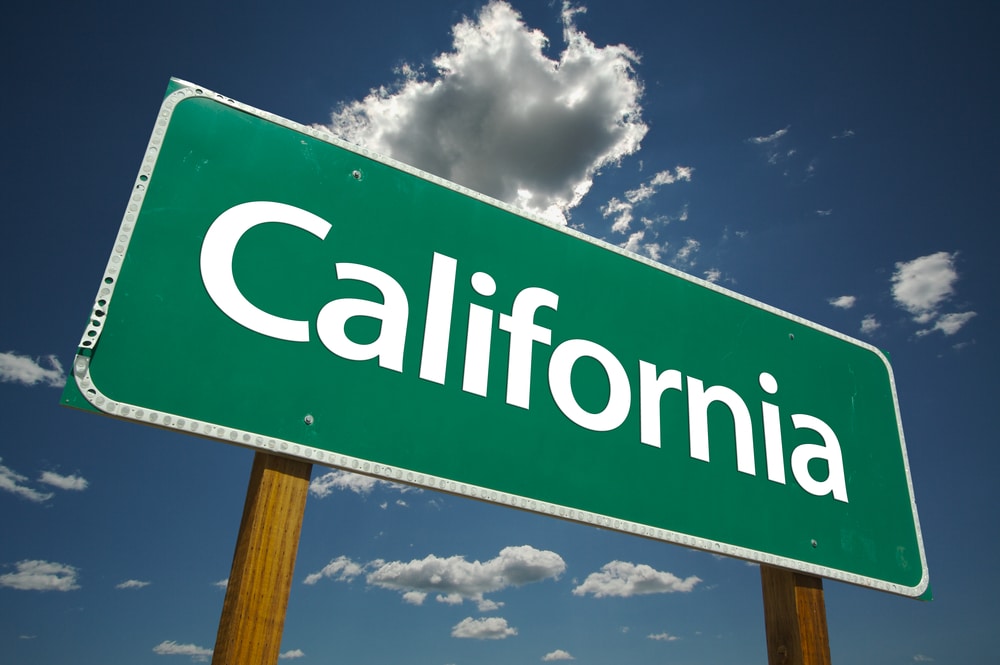American history is filled with stories, some amusing, others meant to inspire that are part of the folklore. While many are true, considering the U.S. is a young nation, there are some that fooled us into thinking they were accurate.
Benjamin Franklin and the turkey
Franklin called the turkey “a bird of courage,” but contrary to popular belief, he did not propose the turkey as the national symbol. The myth started after he praised the bird to his daughter, though he did not like the chosen eagle, as he wrote, it was “a bird of bad moral character.”
Historian Robert M.S. McDonald elaborated, “Benjamin Franklin knew a thing or two about turkeys, but the story about him wanting the bird on our national seal is pure bologna!”
Liberty Bell’s crack
The famous Liberty Bell reportedly cracked on July 4, 1776. However, though the date is significant for American history, it is wrong in this case. It is precisely not documented when the bell, cast in 1752, cracked. According to the National Park Service, the bell was repaired in 1846 and ready to celebrate Washington’s birthday.
The reports claim that the Liberty Bell rang and cracked hours later, which would date the breaking to February 23, 1846. That means it survived many decades after the Fourth of July entered American history.
The first capital
When you think of the U.S. capital, you think of Washington D.C. But, D.C. is actually the third capital, after New York City and Philadelphia.
Washington took the oath in NYC, and Philadelphia was the capital for a decade. The Residence Act of July 16, 1790, marks the date D.C. became the capital of the United States.
Lincoln’s Emancipation Proclamation
It is easy to believe that Lincoln’s Emancipation Proclamation, issued during the Civil War in 1862, freed the slaves. In reality, this document states “that all persons held as slaves” within the rebellious areas “are, and henceforward shall be free.”
The 13th Amendment, passed in 1865, seemingly abolished slavery, though it was a process. Some even argue that the 13th Amendment left room for debate, as section 1 says, “Neither slavery nor involuntary servitude, except as a punishment for crime whereof the party shall have been duly convicted, shall exist within the United States ….”
Making the flag
Many Americans still believe Betsy Ross created the first American flag. However, historians believe it was designed by New Jersey Congressman Francis Hopkinson and sewn by Philadelphia seamstress Betsy Ross.
Hopkinson, whose signature is on the Declaration of Independence, made an official documented proposal for the U.S. flag and sent Congress a bill regarding the national flag.
The real first president
George Washington was the first president of the United States, or at least that’s what many people think. It is true that he was the first constitutionally elected president. Still, before Washington, under the Articles of Confederation, John Hanson, an American Founding Father, merchant, and politician from Maryland, was technically the first president.
There were eight presidents before Washington: John Hanson (November 5, 1781 – November 3, 1782), Elias Boudinot (November 4, 1782 – November 2, 1783), Thomas Mifflin (November 3, 1783 – November 29, 1784), Richard Henry Lee (November 30, 1784 – November 22, 1785), John Hancock (November 23, 1785 – June 5, 1786), Nathaniel Gorham (June 6 1786 – February 1 1787), Arthur St. Clair (February 2, 1787 – January 21, 1788), Cyrus Griffin (January 22, 1788 – April 30, 1789), and Samuel Huntington (September 28, 1779 – July 10, 1781).
Erikson before Columbus
The whole world knows the story of how Christopher Columbus discovered America. But that story is wrong because Viking Laif Erikson stepped on the continent around 500 years before Columbus.
The story of “discovering” America is told from the point of view of European colonizers. Many indigenous people lived and created traditions for thousands of years before they arrived. Despite evidence of Erikson’s visit, he might not have been the first European to set foot in the New World.
The British were already there
“The British are coming,” shouted Paul Revere as an alert to the American colonial militia in April 1775. That would be awkward, considering the British were locals at the time.
The historical mistake comes from Henry Wadsworth Longfellow’s poem “Paul Revere’s Ride.” Expert historian Edith Forbes wrote a memorable portrait of American colonial history and of Revere, “not merely one man riding one horse on a certain lonely night of long ago, but a symbol to which his countrymen can yet turn.”






